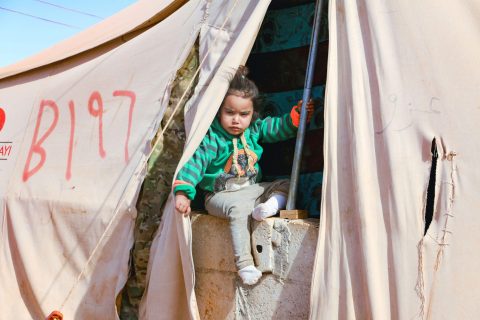Progressive reflections on the lectionary #37
Monday 30th September 2024
Mark 10: 2-16 Jesus was creating a new system in the shell of the old

There are key moments in the gospel according to ‘Mark’ where Jesus’ “mission” becomes quite clear. He was creating a new system in the shell of the old one, a network of ‘households’ where a different way of living was put into place. Many of us rail against the injustices and evils of exploitation, prejudice and hierarchy, part of the genius of Jesus as a man was that he demonstrated a genuine alternative.
Not content to merely critique the corruption of his present day he was creating a new, better system by forming household communities based on a different way of looking at the world, and at the people, and powers, in it.
I sometimes reflect that the pictures painted for us by a host of well meaning folk - showing cherubic infants and well scrubbed adolescents being presented, demurely, to a smiling Christ - are deeply unhelpful. They literally paint a false picture of the times. Scholars of childhood in antiquity have shown that childhood in the Mediterranean during the first century CE was an extremely dangerous and marginal experience. As such we need to learn to read stories of children interacting with Jesus as something other than the sort of ‘nice’ encounters that we’d hope to expect today.
Instead mentions of childhood in the gospel accounts should be seen as symbolic of extreme vulnerability and poverty.
This account follows rather closely after the previous one in Chapter 9 - some suggest that we actually have two versions of the same story, I suspect that is not the case because the locations in each are distinct and important.
The story in the previous chapter takes place in Capernaum, part of the industrial fishing complex being built around the sea of Galilee, a place of growing imperial wealth and also of great poverty among the exploited. This week’s story, on the other hand takes place across the Jordan, an area with different problems.
A key issue in that place at that time was that peasant farmers were being displaced, their fertile land being taken away and given to retired soldiers. Mark says that Jesus was a ‘tekton’ that would make him someone who was forced to sell his labour because his family had lost their land. It is possible that they too were displaced by the Roman regime - the ancestral land given to an army veteran. Possible - although of course we can’t know.
So the location here is not like Capernaum, at issue here is the loss of land rights and the imposition of hierarchy: landlord and tenant, patron and client.
In this context it becomes clear that Jesus’ mission is to bust the hold that these hierarchies have on people, to break folk free of the ‘traps’ they are caught up in.
In this story, as previously, Jesus is based in a household - this place is significant in ‘Mark’ where it symbolises the opposite to the ‘outside’, in some cases the synagogue where other ‘forces’ are in control, and in others, such as this one, the wider world. In these households of resistance Jesus aims to establish, and demonstrate (perhaps those should be the other way around), that an alternative world is possible.
For a long time Jesus’ teaching on divorce in this passage has largely been construed as moral instruction - this seems like a big, categorical, error to me. It ignores or misunderstands the primarily economic nature of marriage at that time and thus the ‘meaning’ of divorce. For the peasant farming families of the fertile Jordan valley marriage had enormous, and obvious, social and economic benefits. It brought families together, and crucially it secured resources for the most vulnerable members of the associated households. (Note that he first century Mediterranean ‘household’ extended way beyond contemporary understandings to include servants, enslaved people and so on). The impact of a divorce, then, would be felt by a wide range of people. It would have disproportionate economic impact on vulnerable people, including (especially?) children who, like widows, were totems of extreme vulnerability.
Jesus’ new model of household, explored in this passage, creates a new economy and society in the shell of the old. Here we see him re-organising the communities of this occupied and oppressed land. We find him teaching them to resist the hierarchies and injustices of the ruling classes by reordering, and re-understanding, collective ideas of power and belonging.
This blog is taken from Simon's Substack email series, to subscribe please go to https://simonjcross.substack.c...
Image: Photo by Salah Darwish on Unsplash


Comments